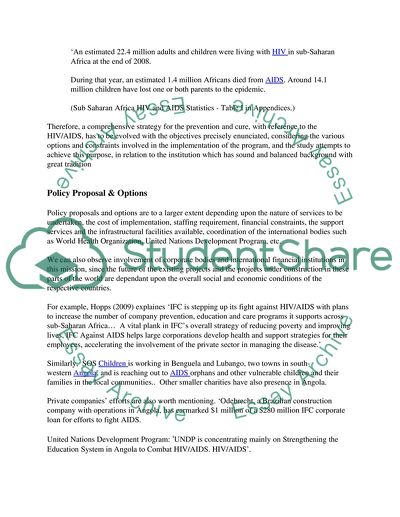Cite this document
(“Policy Proposal to USAID Research Paper Example | Topics and Well Written Essays - 2500 words”, n.d.)
Policy Proposal to USAID Research Paper Example | Topics and Well Written Essays - 2500 words. Retrieved from https://studentshare.org/macro-microeconomics/1735181-policy-proposal
Policy Proposal to USAID Research Paper Example | Topics and Well Written Essays - 2500 words. Retrieved from https://studentshare.org/macro-microeconomics/1735181-policy-proposal
(Policy Proposal to USAID Research Paper Example | Topics and Well Written Essays - 2500 Words)
Policy Proposal to USAID Research Paper Example | Topics and Well Written Essays - 2500 Words. https://studentshare.org/macro-microeconomics/1735181-policy-proposal.
Policy Proposal to USAID Research Paper Example | Topics and Well Written Essays - 2500 Words. https://studentshare.org/macro-microeconomics/1735181-policy-proposal.
“Policy Proposal to USAID Research Paper Example | Topics and Well Written Essays - 2500 Words”, n.d. https://studentshare.org/macro-microeconomics/1735181-policy-proposal.


